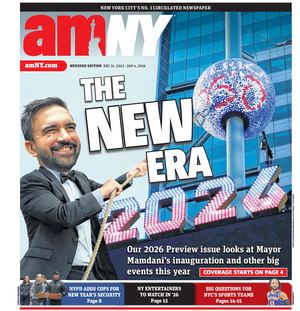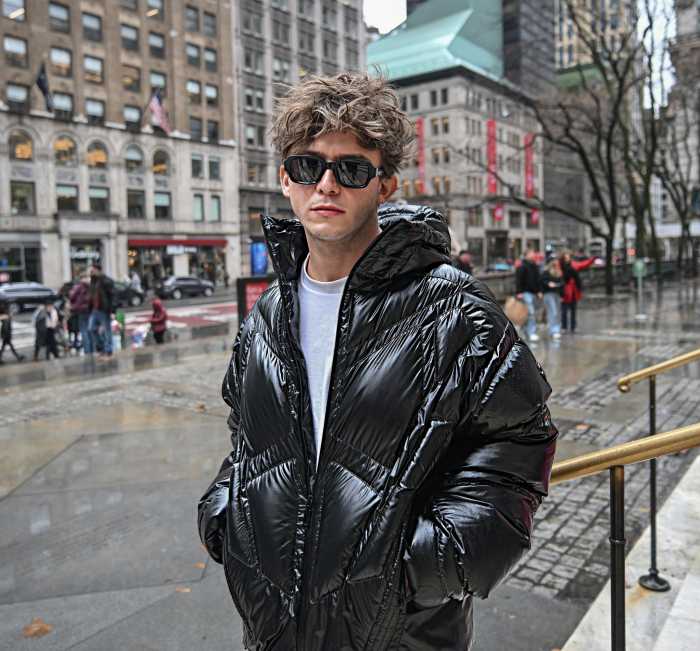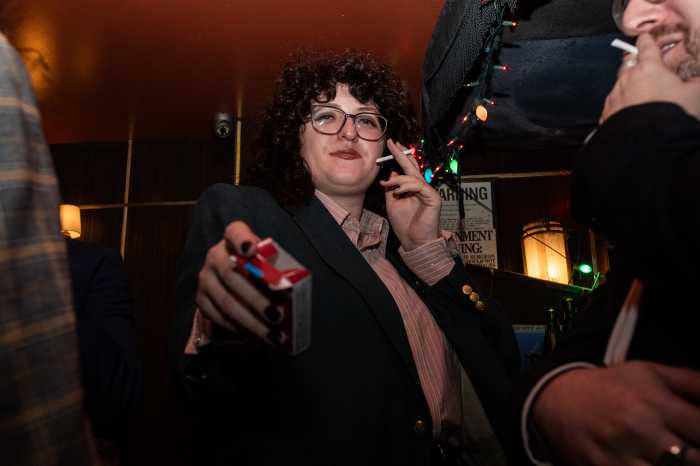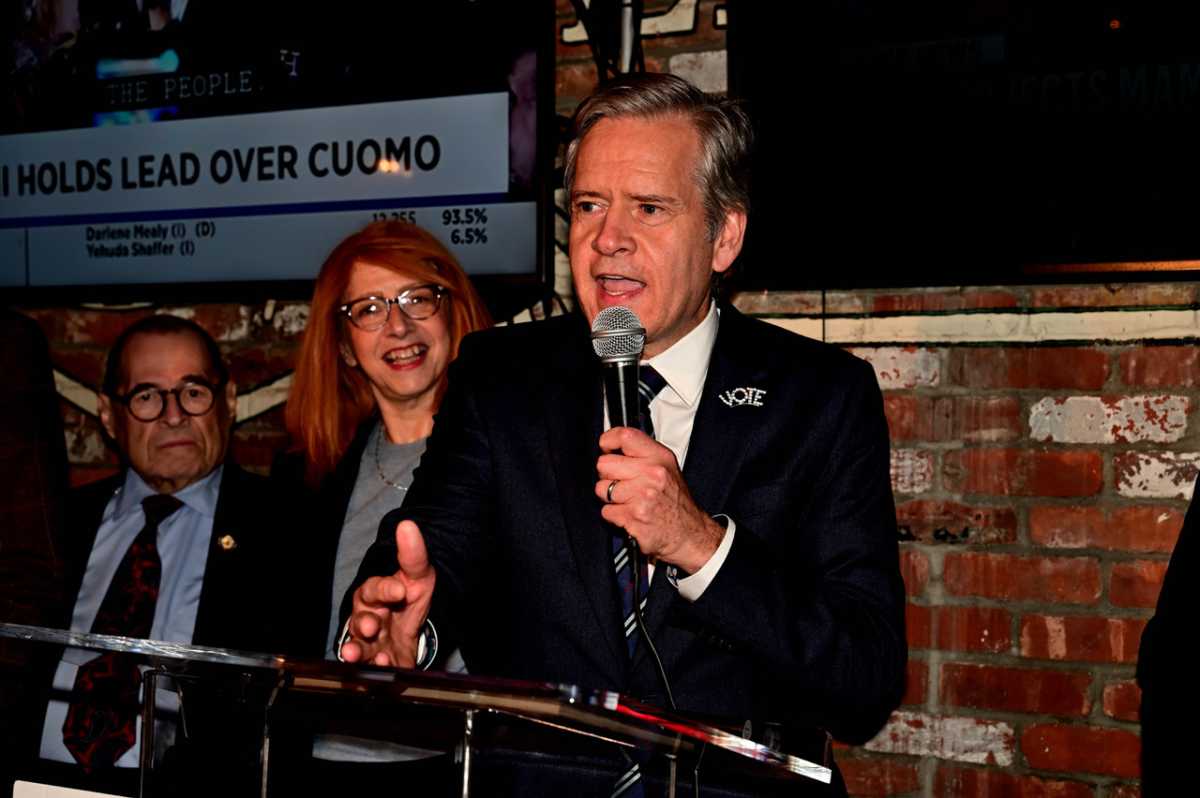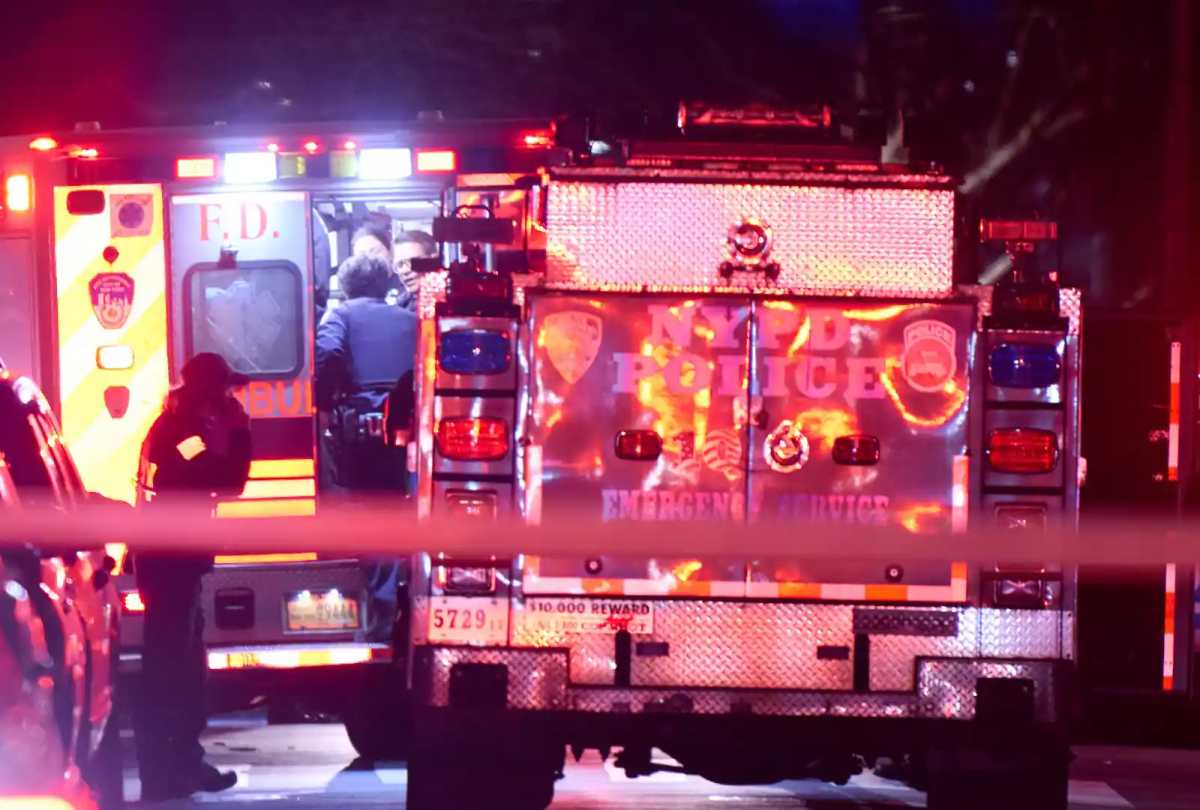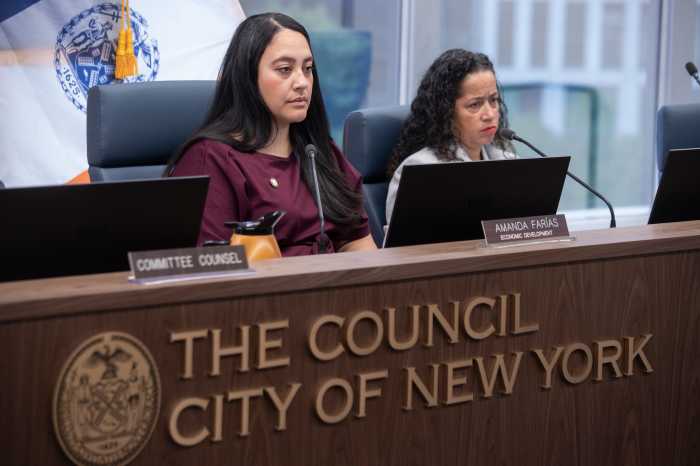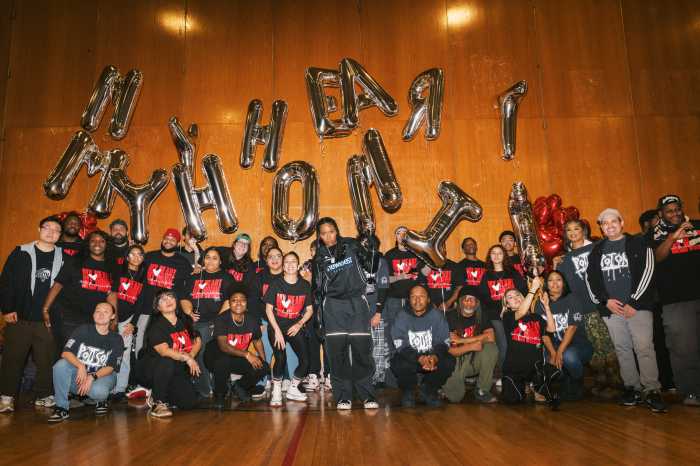If you’ve made it through even one episode of Amazon’s “The Marvelous Mrs. Maisel,” you know the series’ real gem is Gaslight booker Susie Myerson, played by actress Alex Borstein.
Known best as the voice of Lois Griffin on “Family Guy,” the actress is the second half of the new show’s dynamic duo, which comprises Midge (Rachel Brosnahan), the striving stand-up comic, and Susie, her newbie manager.
In 1950s New York City, Susie stands out for her rough-edged, blunt personality, not masked by society’s gender expectations. While Midge is measuring her ankles and primping her curls on the Upper West Side, foul-mouthed Susie is manning a Greenwich Village coffeehouse performance venue.
“The woman’s perspective wasn’t a part of the larger conversation back then,” Borstein says of how her character falls in terms of the decade’s gender roles. “No one cared. She was supposed to stay in the kitchen, raise the kids and wear an apron — that 1950s mentality.” Those limitations mean little to Susie.
Creators Amy Sherman-Palladino and Dan Palladino had their eyes set on Borstein — who appeared in their show “Gilmore Girls” as the harpist — for the tenacious role early on. The husband-and-wife duo says the part was created specifically for the actress.
On a rainy afternoon last month, we sat down with Borstein at The Crosby Street Hotel to delve into the psyche of her character and what it was like to play a woman who breaks the norm.
What was it like to return to another Palladino series?
You know, it’s like a homecoming. It really is. I’m so comfortable and familiar with them. The second Amy said, “I kind of wrote this thing for you, will you read it?” I went — “Uh, oh.”
So, she wrote the part of Susie with you in mind?
She did. That’s what she says anyway. Sometimes, they tell actors that to make them feel better. I still had to audition for it, but she says she wrote it with me in mind.
How did you prepare to make the transition from “Family Guy” to working in front of the camera again in “Maisel”?
What did I do? I dropped 60 pounds. No, nothing. I had to change my hair. I did a little bit of work getting more familiar with Lenny Bruce knowing he was going to be a part of this. I knew quite a bit about him, but not a lot, a lot. And on that kind of world of being policed on what you can and can’t say and what was deemed appropriate back in 1958. Other than that, Susie’s very familiar.
You character very much so breaks away from that “norm” of what was expected of a woman in the decade, though.
I think Susie breaks the normative mold for women still and what’s expected of us. She’s very strong. She’s unrelenting. She can be unforgiving. I think Midge is hugely fascinating to Susie because she’s this beautiful package and this girdled thing who still has quite a brain and a dark underbelly, a story to tell and is funny. Susie is kind of hardened on the outside and, that, I think Midge wishes she could be. Midge wishes she could say no to people a little bit more like Susie. That’s a very male thing.
I notice in this business too that women are very afraid to say no to anything. They operate out of fear that offers will dry up because our careers are so tied to our age and our faces and what we look like. In the ’50s too, a man proposes to you, you say yes. Susie’s a woman who can say no.
Palladino duo describes Susie as someone who’s trapped in this female identity. Do you agree?
Yeah, but it’s not necessarily gender. I don’t feel like she wishes she was a man, but yes, so many of her attributes are masculine in their nature. When people describe characters on TV they say, “She’s a strong woman” or, “She’s a pushy woman” or, “She’s a b—-h” and men are never described that way. They’re confident, strong and good businessmen. Susie has all of those attributes and at that time, that would be seen as very male.
What was it like to recreate ’50s New York City on the same streets today?
It was very challenging — cost wise and detail wise — to get every car swapped out for a ’50s vehicle. Every baby buggy, every person in the background. It’s tough. When you go to a little town in Ohio to shoot there, the town is so excited to see this transformation and they’re all on board. When you’re shooting in the middle of New York, people are like, “Hey, screw you. I gotta get to work.” It’s also comforting to see how little it takes to transform the city too. The buildings here are still as they stood in 1958 for the most part. You can shoot on the streets here because not everything’s been torn down.
